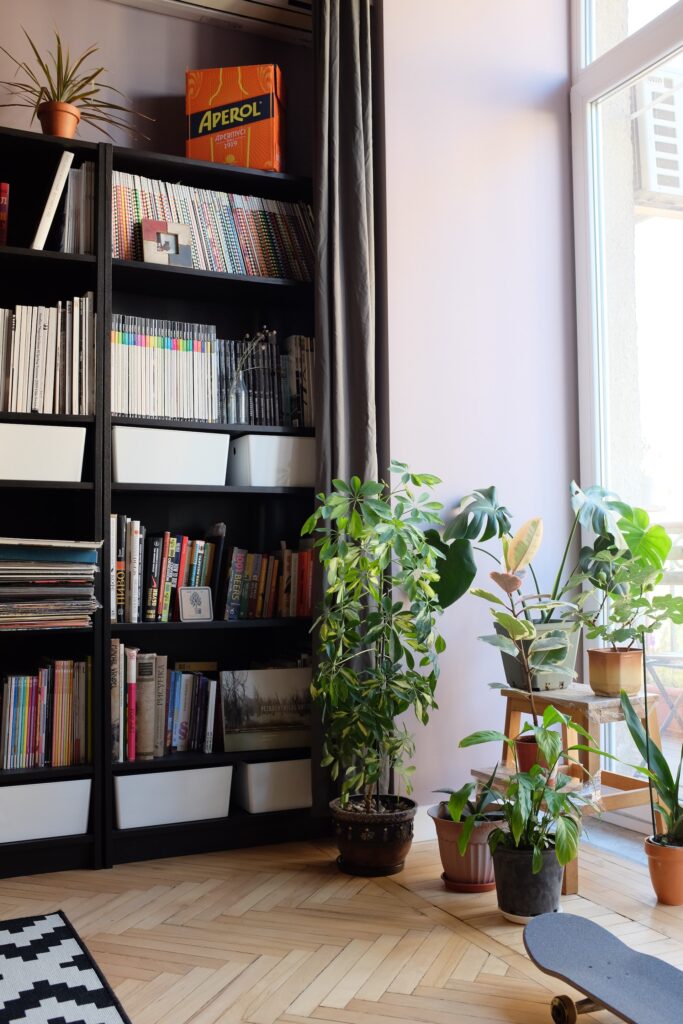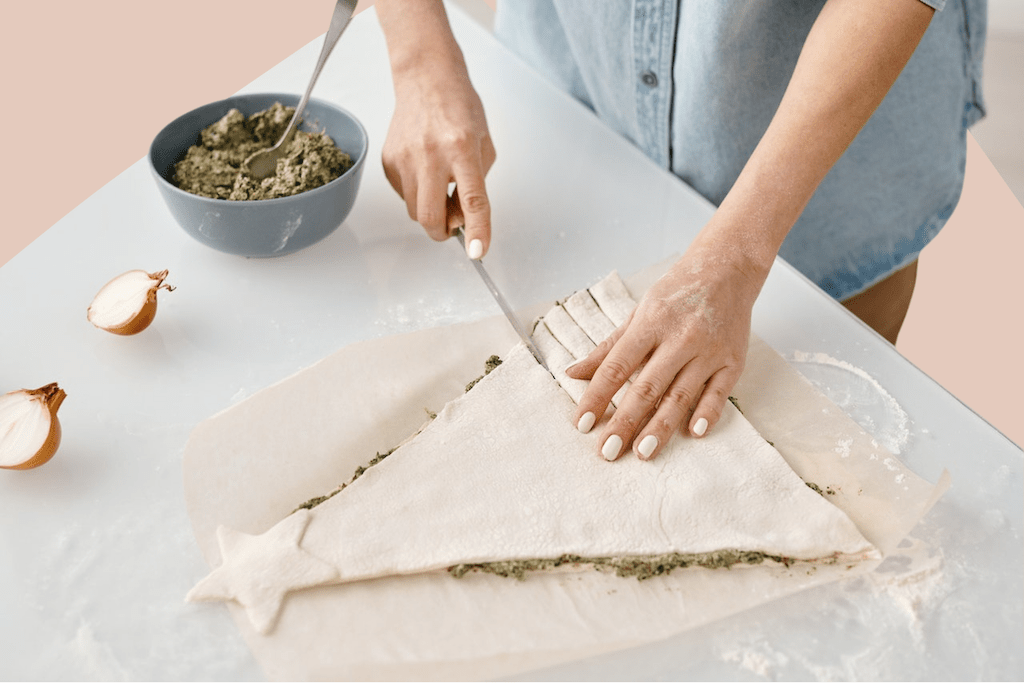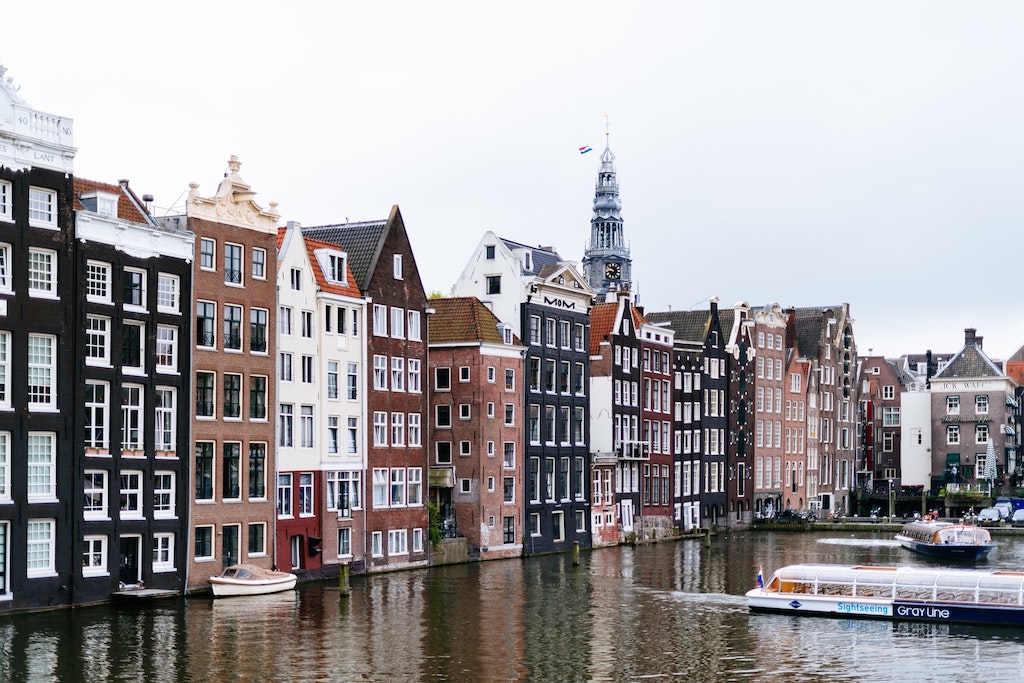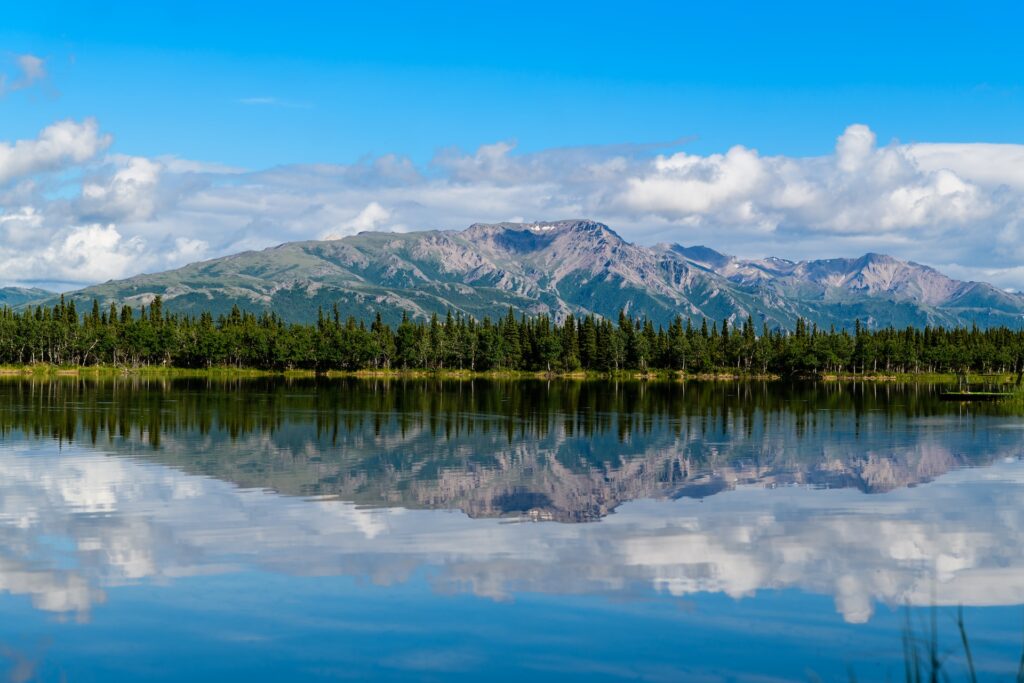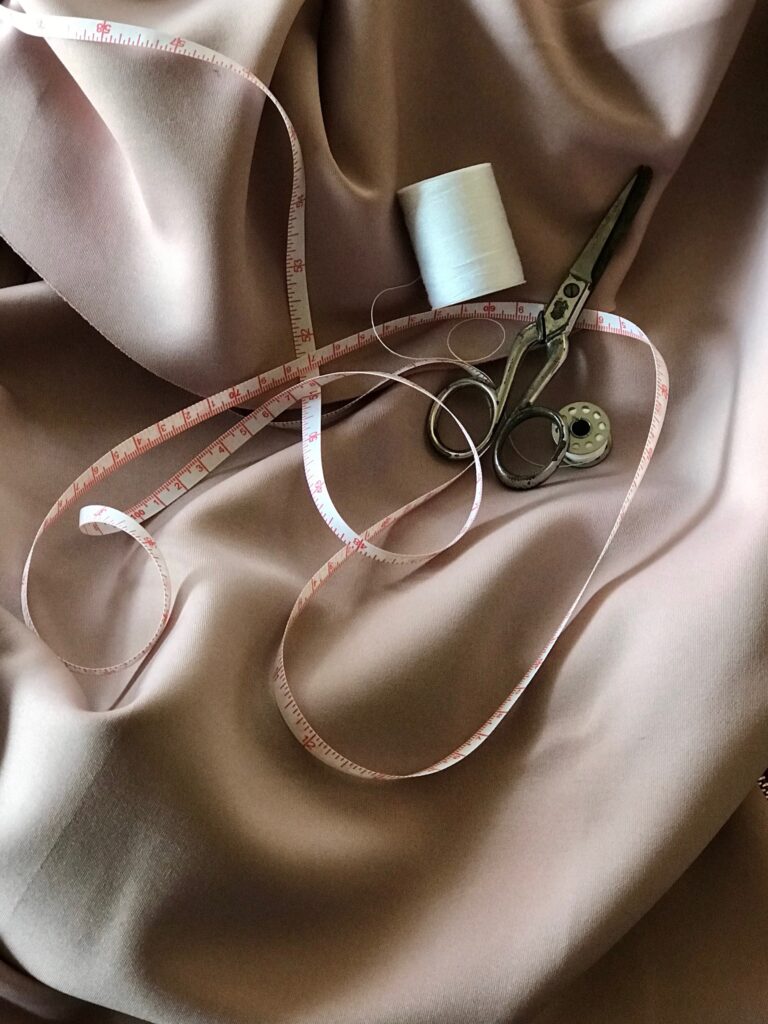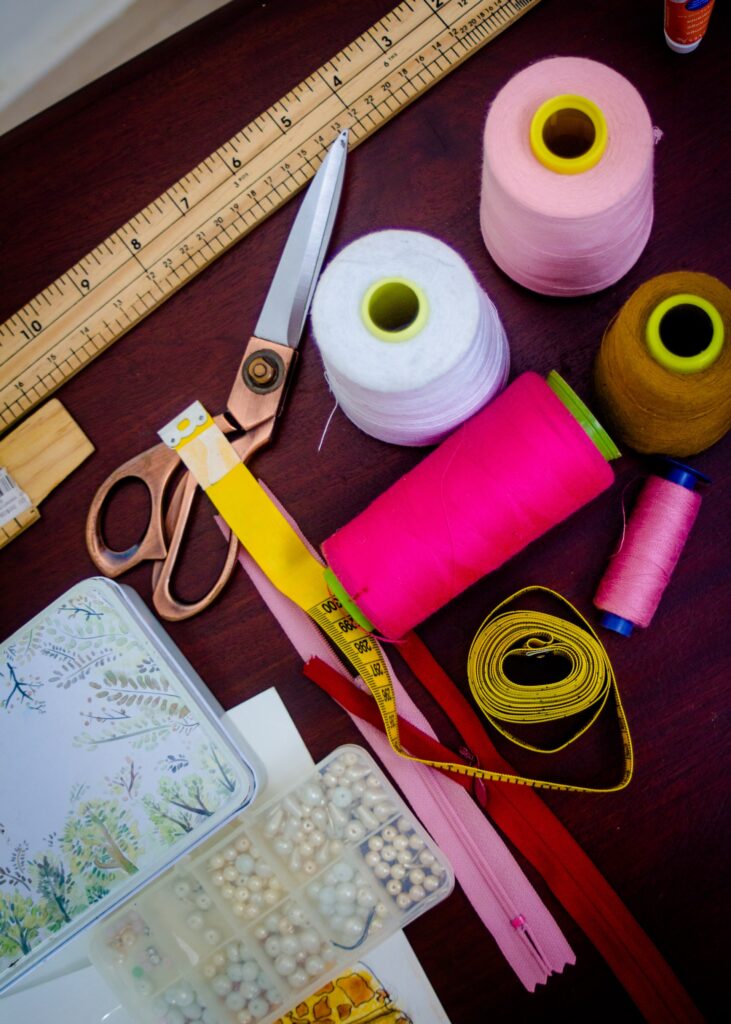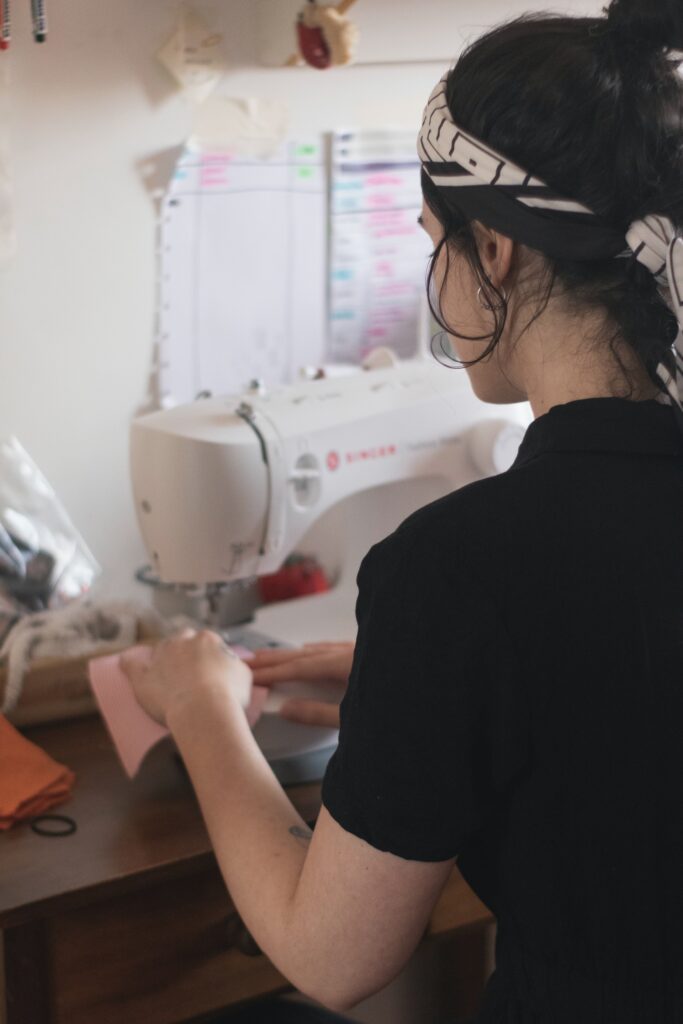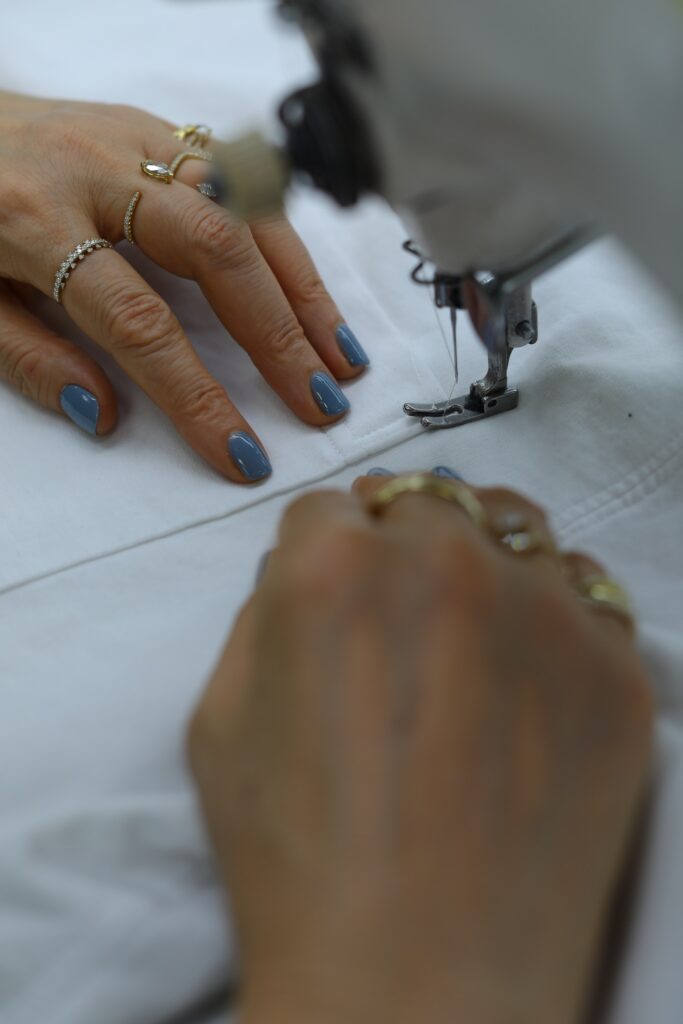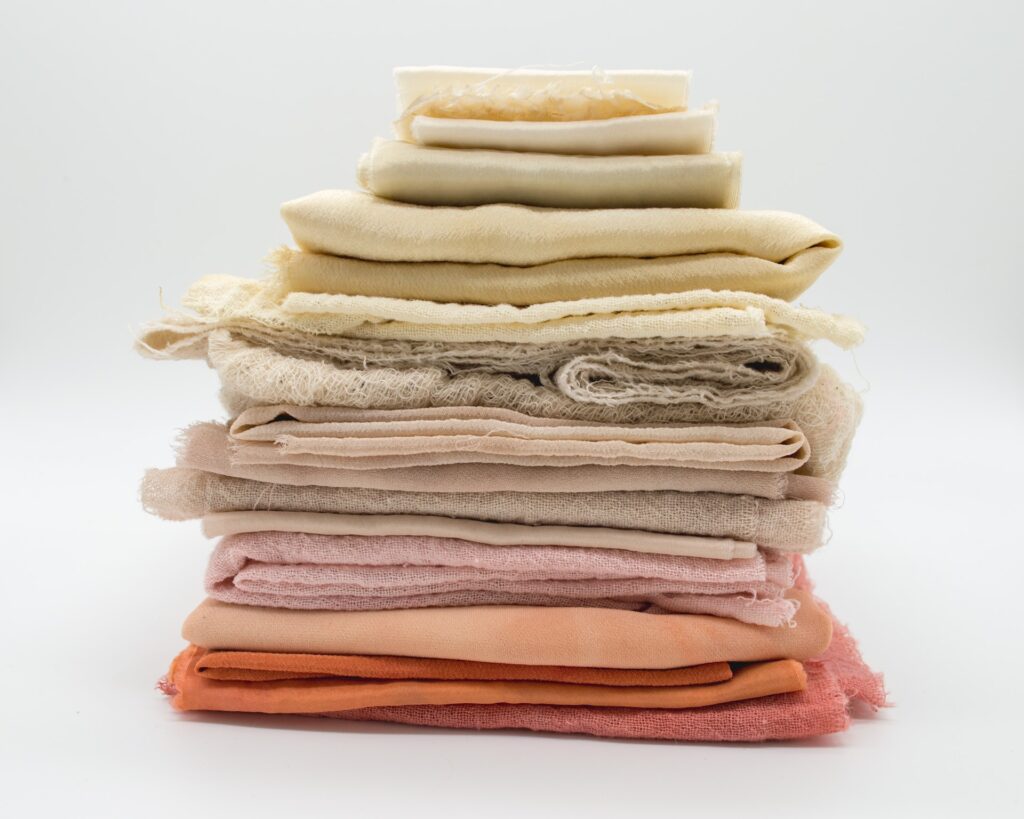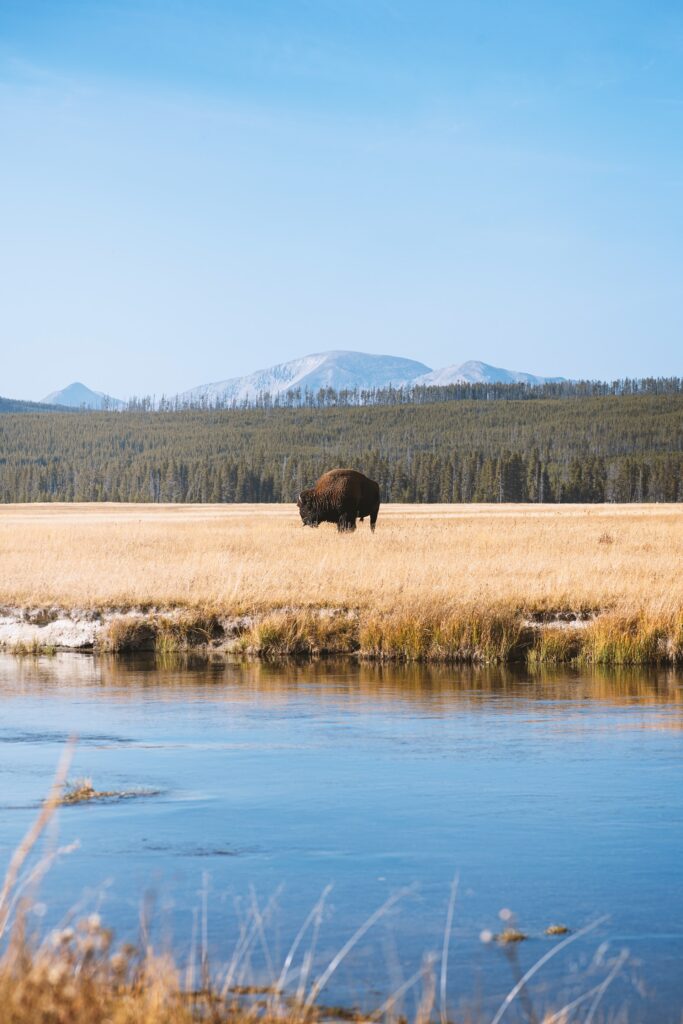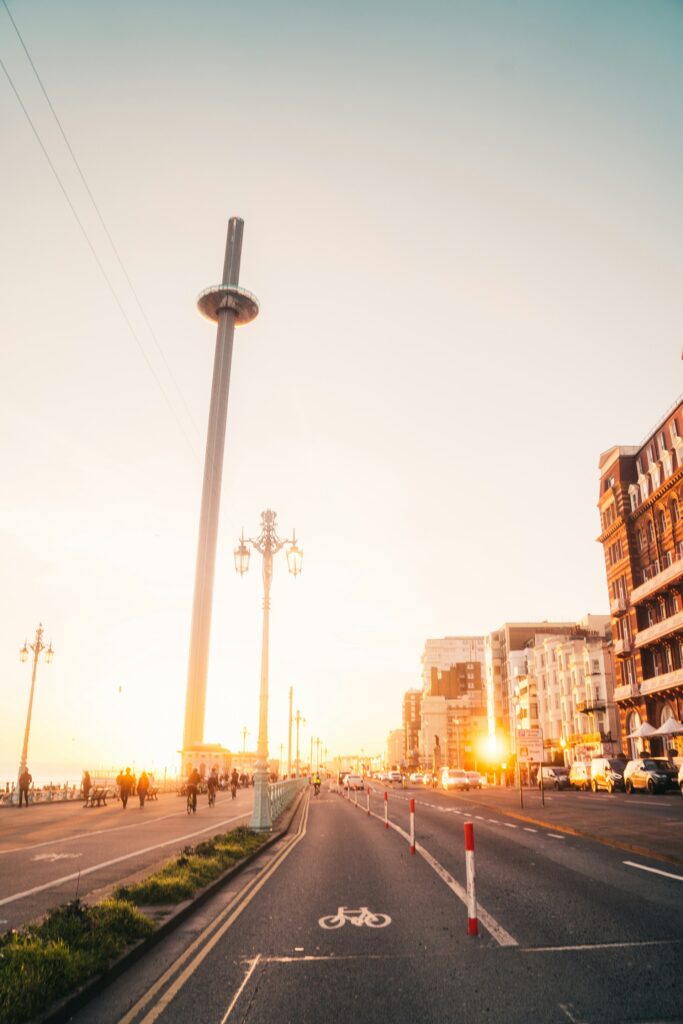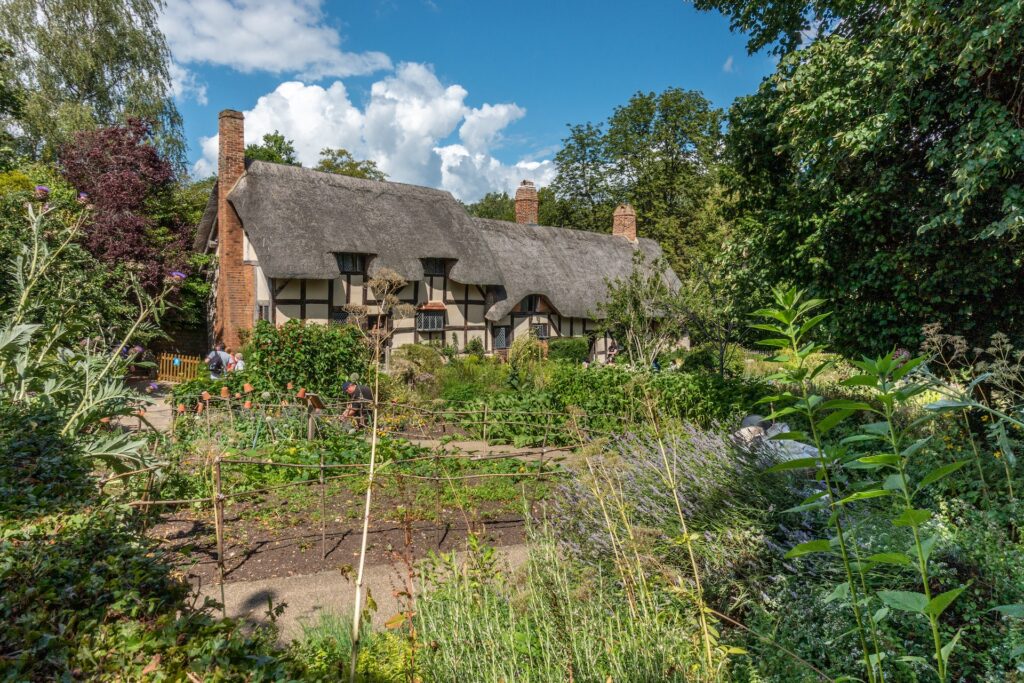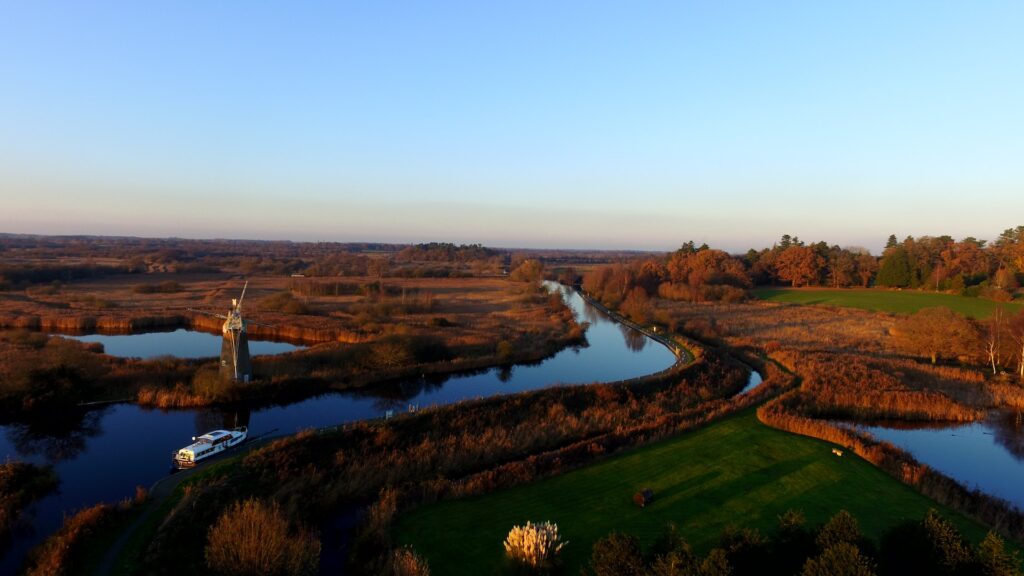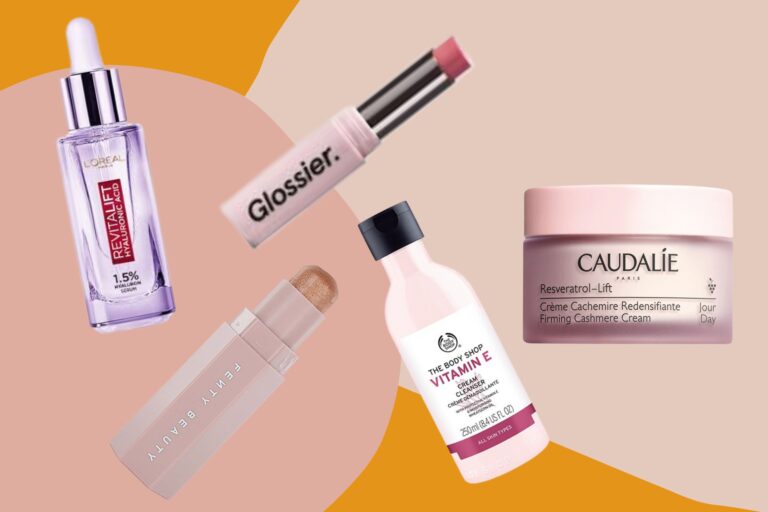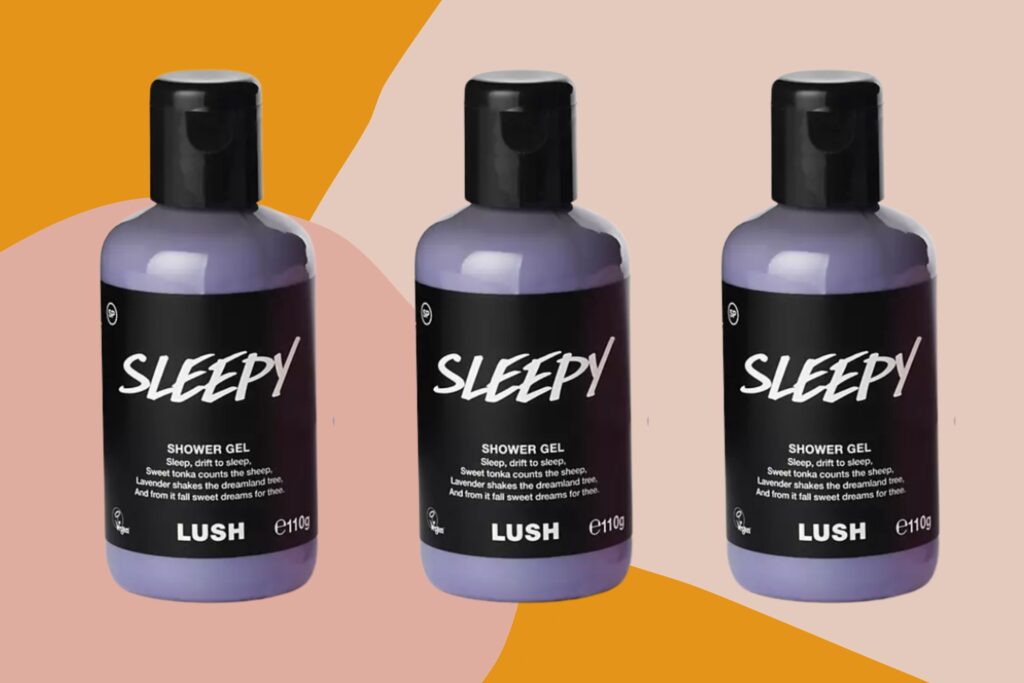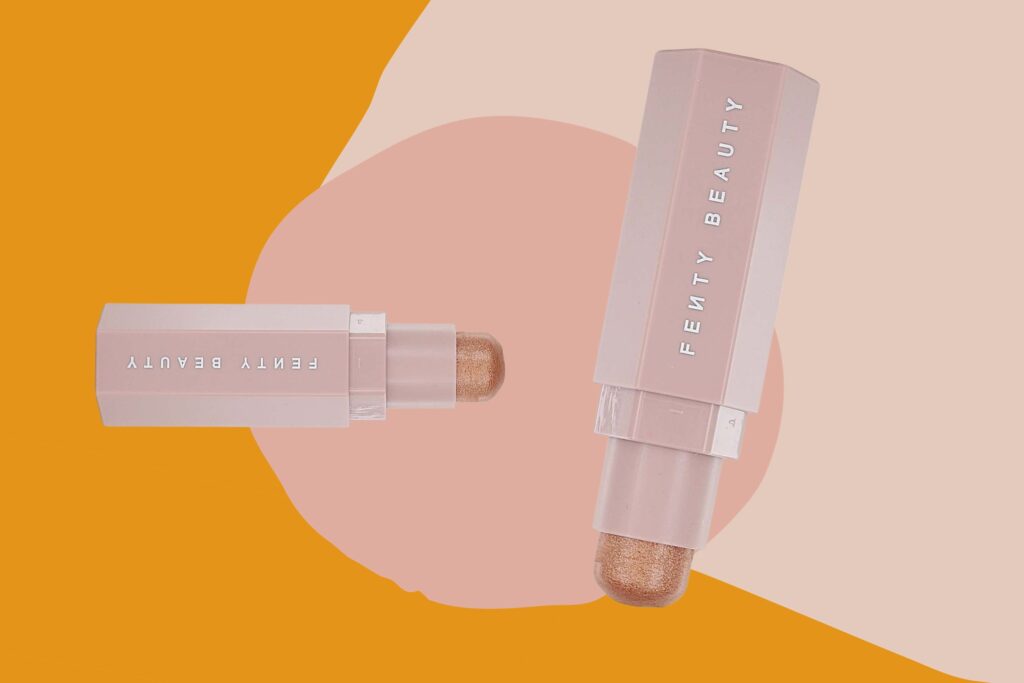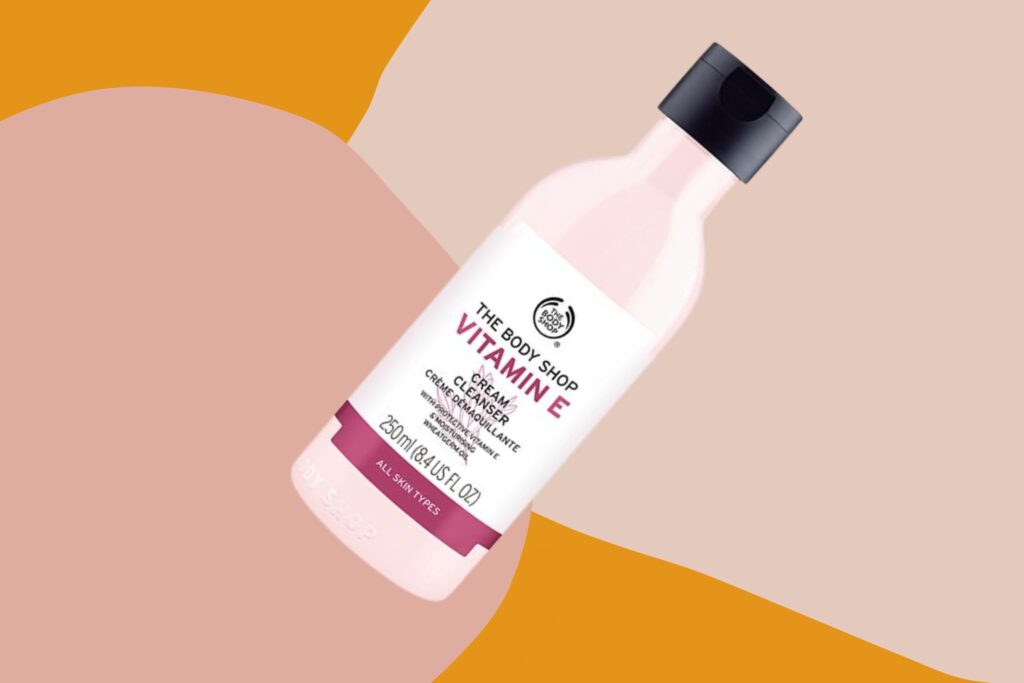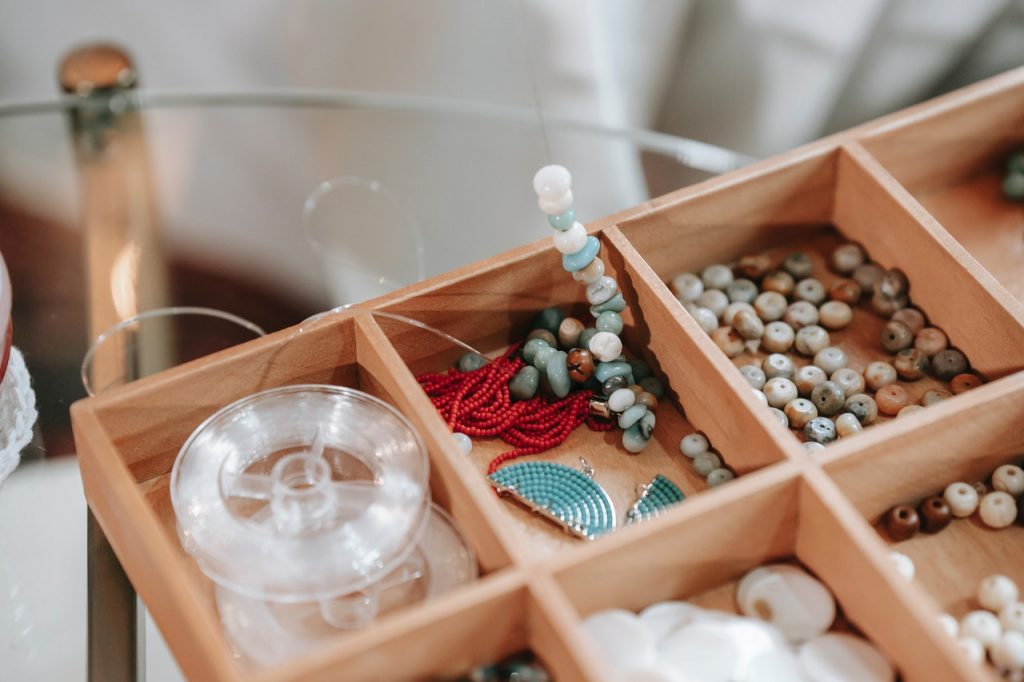Want to bring a sparkle to your smile? A great grin can brighten up a room and, according to research, could be the key factor in making you look more attractive and as much as ten years younger. Whilst there are professional whitening measures such as laser treatment, you don’t always have to spend a fortune to get whiter teeth.
There are plenty of natural methods of teeth whitening that are much less expensive. With this in mind, and with the help of Invisalign Cardiff, here are just 11 steps to terrific teeth without having to spend a fortune.
Brush Up On Your Dental Habits
Improving your brushing regime could be the simplest step to making your teeth look better. You should ideally brush your teeth twice a day for two minutes each time. Brushing in small circles diagonally towards the root is the most effective way of cleaning your teeth.
A common mistake is brushing too hard, which can be just as bad for your teeth, taking off the white enamel and exposing the yellow dentin beneath. You should replace your toothbrush every three to four months – after this period the bristles can become damaged and not as effective.

Start Flossing
On top of brushing, it’s worth taking up flossing. This helps to get plaque out from between your teeth and combat decay. Flossing should be done delicately – you don’t want to be viciously yanking as this could harm your teeth and gums.
Drink Lots Of Water
Drinking lots of water is great for your teeth. It flushes away cavity-causing bacteria and helps to prevent plaque build up. We should all ideally be drinking 8 cups of water a day.
Use Whitening Toothpastes
The toothpaste you use can make a big impact on the colour of your teeth. There are lots of special whitening toothpastes out there that can help to get rid of stains from your teeth and bring a sparkle to your smile. Activated charcoal toothpastes are particularly popular nowadays – the idea of putting charcoal on your teeth might not sound like a sensible whitening method, but it’s actually very effective due to the charcoal’s binding properties with plaque. You can also try baking soda toothpaste (you can even DIY this toothpaste by mixing baking soda, salt, peppermint oil and water).
Watch Your Sugar Intake
Reducing your sugar intake can do the world of good to your teeth. While both aren’t great for you teeth, soft drinks are often much worse than sugary snacks as they completely coat your teeth with sugar. However, it’s a common misconception that switching to sugar-free soft drinks is much better for your teeth. Despite containing no sugar, studies show that diet sodas usually cause about the same amount of dental erosion as regular sodas. If you do drink soft drinks, drink them through a bio-degradable bamboo straw as then you’re not swilling the liquid around your mouth.
Chew Sugar-Free Gum
Chewing gum between meals can help to pick up plaque and prevent tooth decay. Of course, this has to be sugar-free chewing gum. While there are special whitening chewing gums on the market that can be even more effective at removing stains, we say go for an organic, biodegradable chewing gum that’s kind to the environment.
Stop Smoking
Smoking is another bad habit that will destroy your pearly whites, staining your teeth and causing gum disease. Taking up vaping could be a much healthier option, and using a patch could be an even healthier option for your teeth.
Fake It With The Right Lipstick
You can make your teeth appear whiter by using the right shades of lipstick. Certain shades of lipstick with too much orange in can highlight the yellowness of your teeth – you’re much better opting for deep cherry reds and pinkish tones with more blue in. Avoid glossy lipstick as this can also make your teeth appear less shiny.

Eat Cheese With Red Wine
Red wine is a big offender when it comes to staining your teeth. Over time it can cause your teeth to take on a greyish appearance. Cutting down on your red wine consumption is the healthiest way to combat this, however if you are going to drink a glass of red wine now and again consider having it with some cheese on crackers. This traditional (and delicious) combo is actually much healthier for your teeth – the cheese gets rid of the red wine staining pigments and is rich in calcium, which can help your enamel to get stronger.
Cut Down On The Coffee
Too many cups of coffee will also stain your teeth. Pigment from this coloured drink gets stuck in the microscopic cracks in your enamel resulting in a yellowish tinge. Start drinking less coffee and start drinking more water throughout the day to flush away these staining pigments.
Consider Snap On Veneers
If you’re looking for an immediate and affordable way to enhance your smile, snap on veneers could be a great option. These removable veneers can give you the appearance of perfectly white and aligned teeth without the need for expensive dental procedures. They are easy to use and can be a quick fix for special occasions or everyday confidence.
The Bottom Line
So there you have it; some simple tips and tricks for ensuring a gleaming white smile for many years to come!










